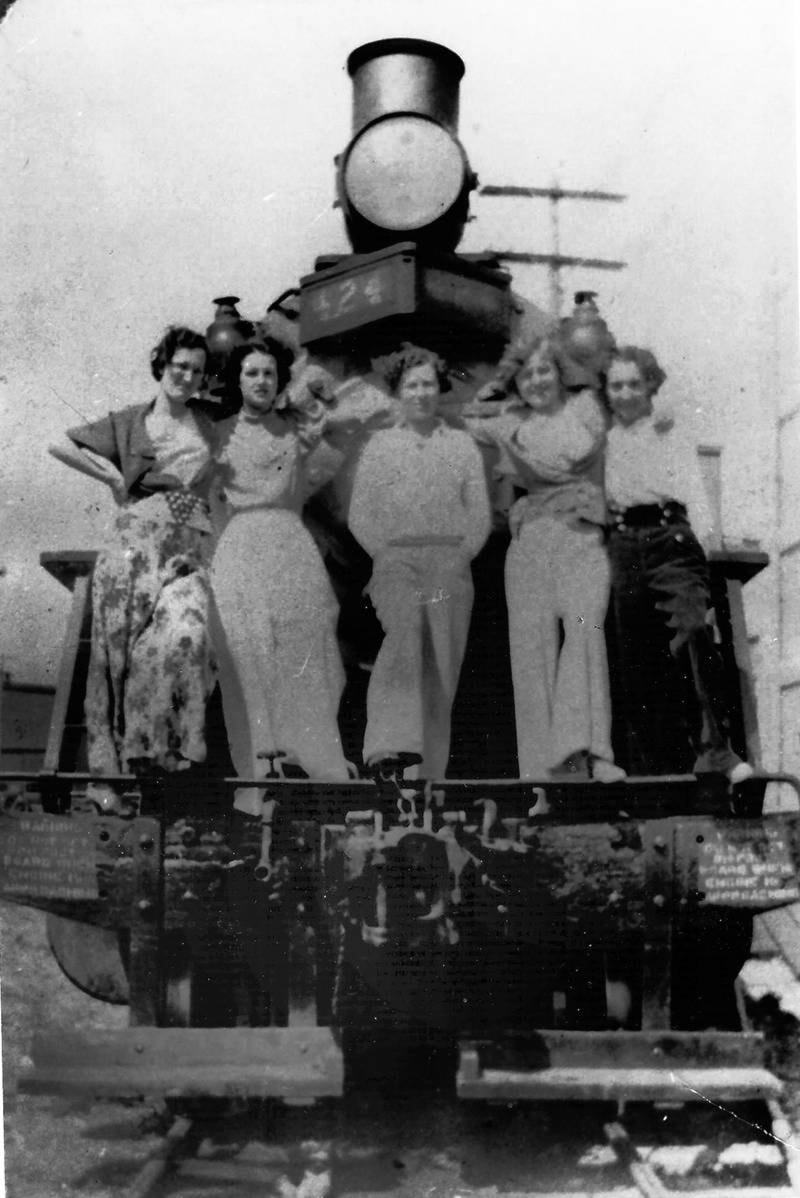Elida Peers | Contributed
Overgrown and almost lost in the wilderness as Leechtown is today, perhaps it’s hard to visualize the vibrant history that the town once had, from mining to logging and sawmilling over the past 150 years. While it was the discovery of gold in the Leech in 1864 that started it all, that rush was short-lived.
In the 1930s May Pollard taught school in that wilderness region, in the neighbouring little village of Kapoor, and it is to her husband Albie Davies that we owe this photo. An American company, Fairservice-Gieren, operated a railway line in the Sooke Lake and Goldstream watershed in the late 1920s and 1930s. They built two and a half miles of railway on the east side of Wolf Creek reaching from Leechtown to where the Kapoor Lumber Company sawmill was operating.
By 1932 there were enough children that a school was required, and Kapoor School, supervised by the Sooke school board, was operated for the next decade. May Pollard was the first teacher, and was excited to have a group of friends visit.
On the weekend of this photo, she and her friends were treated to a train trip and posed on the steam locomotive “424” locally called the “Go-Devil.”
We are told that May’s pupils were a very mixed group, with Scandinavian, Sikh, and European children attending, kids whose dads had immigrated to the new world and found work on southern Vancouver Island.
While this photo was taken during the Great Depression, we have observed that mining frequently enjoys resurgence in periods of economic hardship. Besides lumbering, men found employment at the nearby talc mine at Kapoor as well. We’ve noted renewed interest in gold mining at Leechtown during the 1930s and again during the 1970s and 1980s.
At Leechtown, when the Cameron Lumber Company built a steam sawmill on the CNR line in the mid-1930s, forest industry workers converged on that community, but it wasn’t until 1948 that a school was built there. That school ran until 1958 when the town of Leechtown, the logging community based on the east side of the Sooke River, was pretty much dismantled, with the lumber hauled elsewhere and re-used.
Many Sooke folk will remember Ingrid Greenlees, who taught at Leechtown; and then with the school’s closing, transferred to teach special classes at Milne’s Landing.
•••
Elida Peers is the historian of the Sooke Region Museum.



